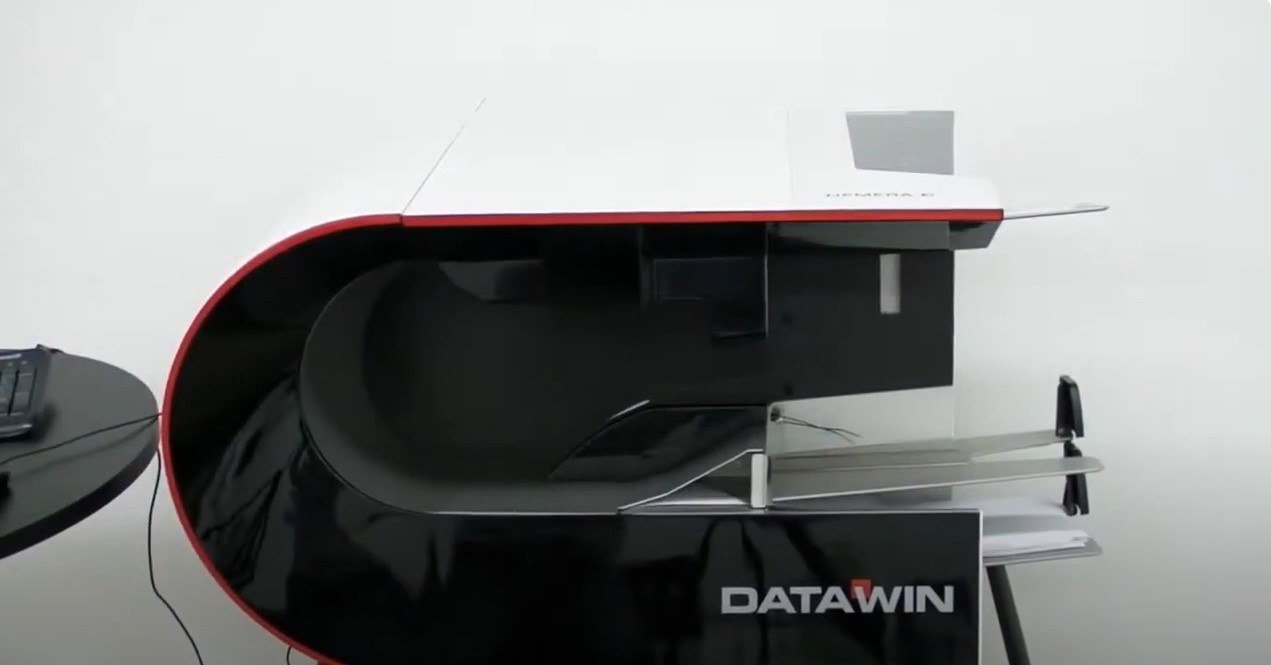OMR Sheets Scanning

Streamlining Efficiency : OMR Sheet Scanning
Looking at big exams, studies, or forms, old-school pen-and-paper can be a chore. It eats up time. Say hello to OMR (Optical Mark Recognition). This tech is a turning point. It speeds up data collection and processing. We've been rocking this area since 2002, giving premier OMR scanning services. Our gear is modern and top-tier. Plus, our software and hardware pack a punch. We're pros at handling the fine points of this job. We promise full security and sharp precision.
What is OMR Sheet Scanning?
OMR stands for Optical Mark Recognition. It is a tech tool that instantly deciphers information written by marking circles or ticking checkboxes on a set layout. Mainly, OMR papers are used in tests with multiple-choice questions, questionnaires, random draws, or when gathering data where specific choices are ticked off.
How Does OMR Scanning Work?
The OMR scanning process involves three main stages:
- Sheet Design : OMR sheets have a unique structure. They come with easy-to-follow guides, specific zones for ticking answers, and registration marks that aid in precise scanning. These unique marks guide the scanner in determining the sheet's placement and alignment.
- Scanning : OMR scanners use a combination of special hardware having light sensors for sheet scanning. The OMR scanner examines marked zones, identifying if there's a mark present or not within each specified area.
- Data Interpretation : The OMR Scanner provides real time data while scanning and shows on the computer screen as sheets passes. We can then shift this data into different digital forms (like Excel, CSV) for additional scrutiny and records.
Applications of OMR Sheet Scanning
OMR sheet scanning is versatile and finds applications across various domains:
- Educational Institutions : Schools and colleges use it for tests, feedback from students, and sign-ups. It grades fast and gets the right results immediately.
- Surveys and Research : Organizations conducting research or surveys use OMR scanning to handle response sheets effectively. It assists in studying and drawing conclusions from a mass amount of info.
- Corporate Sector : Companies use OMR scanning for feedback forms from employees, market studies, and to note who's coming to an event. It's great for collecting and processing info rapidly, which improves decision-making.
- Government Agencies : Government agencies also use OMR scanning for census info gathering, opinions from the public, and other projects that need data. The tech ensures data is processed accurately and efficiently.
Key Considerations for OMR Sheet Scanning
While OMR offers significant benefits, there are certain things to keep in mind:
- Sheet Design : Want a good scan? Make sure the OMR sheet design is top-notch. Use good paper. Clear instructions and marking areas are really important.
- Scanner Selection : Pick an OMR scanner based on your needs. Will it process your sheet volume? Does it have features like auto fix for slanted scans and mark intensity detection? These are things to consider.
- OMR Software : Find good OMR sheet checking software for your OMR readings. It needs to understand the markings and let you quickly move and examine data. Our service gives you strong software and expert help.
- Marking Guidelines : What OMR scanning machine should students use to mark the sheet? Make sure to tell them. Give clear instructions about how to mark correctly.
- Quality Control : Set up ways to catch mistakes and keep scans accurate. Try scanning a few sheets before doing the whole lot.
Benefits of OMR Sheet Scanning
OMR technology offers a multitude of advantages over traditional manual evaluation methods:
- Increased Accuracy : The entire evaluation workflow is automated, slashing the processing timeline and freeing up essential resources.
- Enhanced Efficiency : It trims down labor costs tied to manual grading, particularly for big assessments.
- Faster Results : Provides quicker turnaround times, allowing for faster feedback to students or quicker data analysis for surveys.
- Reduced Costs : Saves on labor costs associated with manual grading, especially for large-scale assessments.
- Improved Data Management : It facilitates a smooth digital process for keeping, fetching and scrutinizing data.
- Scalability : It's geared for managing big bulks of OMR sheets smoothly, making it perfect for important tests or extensive surveys.
- Reduced Paperwork : Minimizes reliance on paper systems, endorsing a greener strategy.
Choosing the Right OMR Scanning Solution
Selecting the right OMR scanning solution involves considering several factors:
- Volume of Data: Know how many OMR sheets you need to scan. Big, quick scanners work for large jobs, while smaller ones are perfect for fewer sheets.
- Accuracy Requirements: Pick an OMR answer sheet scanner and software that delivers the precision you need. Features like error spotting and fixing up your confidence in data collection.
- Budget: Think about how much OMR scanning tools cost in your budget. Quality scanners and software could be expensive initially, but they are worth their cost because you'll enjoy lots of advantages and save money in the long term.
- Integration Needs: Consider how well the OMR scanning tool will jell with your current data set up. An effortless coupling improves how you reach your data and deliver reports.
- Support and Training: Be sure the Hardware Company is good at giving support and teaching how to use their OMR scanning tools right. With solid training, your group can operate and care for the equipment the right way.
Think about OMR sheet scanning. It's important because organizations use it when they need to collect and study a lot of data. OMR technology makes their work faster, more accurate, and cheaper. This helps them to make good decisions because they can trust the data they have. As this technology keeps getting better, it will keep being useful for making data collection and assessment easier in the future.